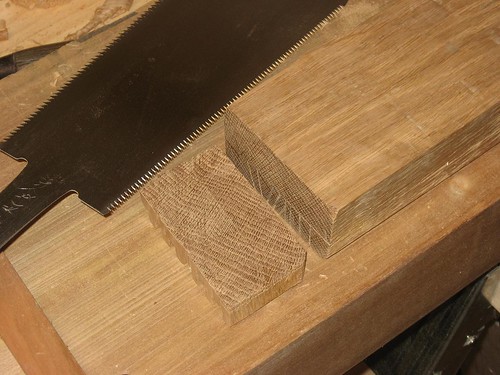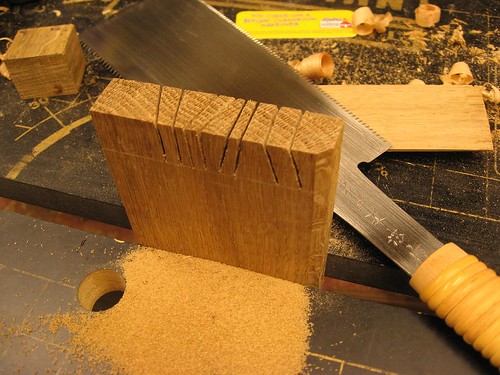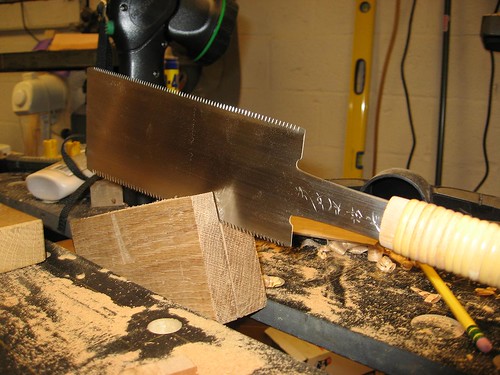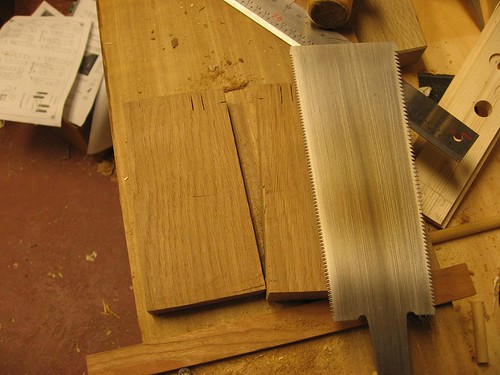Hi guys. Since i swear by my western style tool i am lost on this point! My wife wants a Japanese style dovetail saw, something with a veeeeery fine kerf. She doesn't like using push saws and prefers the pull-cut because it is less physically demanding. But i don't even know where to start. I have a couple of japanese style saws but one is too big, and the other lacks a back. i would like to get her one in the $30 - 60 range. Sure, a custom samurai master forged one would be sweet but i just can't do it.
also she is dovetailing black walnut, a lot of it, if that makes a difference.




 Reply With Quote
Reply With Quote







